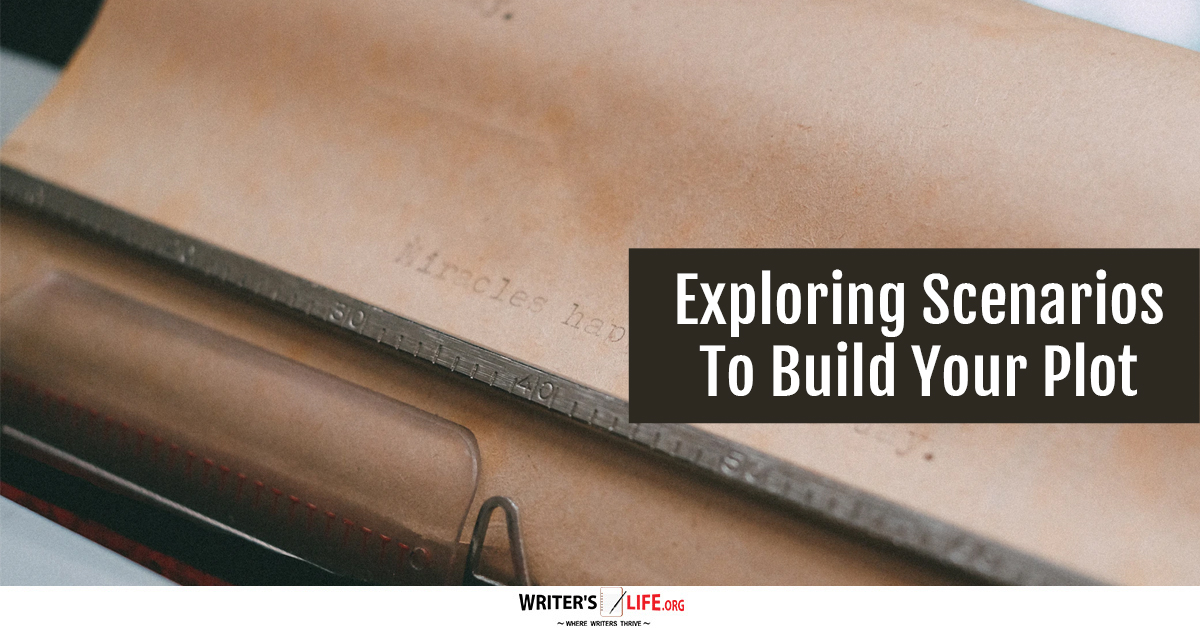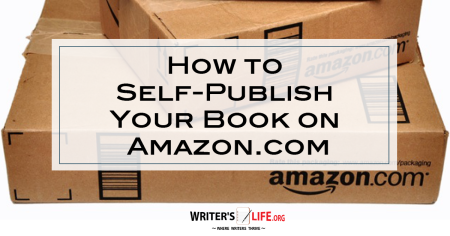- How To Tackle Jealousy In Creative Writing
- Common Submission Mistakes
- How To Stop Your Blog Becoming Boring
- The One Thing Every Successful Writer Has In Common
- How To Make Yourself Aware Of Publishing Scams
- Why Almost ALL Writers Make These Grammar Mistakes At Some Point
- 5 Tips For Authors On How To Deal With Rejection
- Top Mistakes to Avoid When Writing a Novel
- How to Avoid Common New Writer Mistakes
- 10 Mistakes New Fiction Writers Make
Exploring Scenarios To Build Your Plot

If you want to build your plot and create a great story, you need to explore various scenarios to see what will work best. Working out the plot of your story can be the hardest part. However, by exploring different scenarios, you can help to get a much better understanding of where your plot is going. You can also eke out those finer details that bring your book to life.
But how exactly do you go about doing this? Below are some helpful ways that you can explore what might happen in any given scenario, which can provide you with fuel for your book and help you understand the path that your protagonist and other characters need to take to help them on their journey and get them to the end.
Build your plot - our top tips
Consider the best and worst possible outcome
In any given scenario of your novel, it’s helpful to start with extremes. Think about what the very best outcome would be, the one that would satisfy your characters, fill them with happiness, and let your readers know that everything is going to be okay. Then deliberate on what the very worst outcome could be. The one that means your characters are left broken, despairing, and devoid of hope. You don’t have to necessarily choose either of these as the path to take, but by doing so you can get a feel of the spectrum and then decide which side your plot should fall on at this particular point in the story.
Discover plot points that deliver outcomes
By exploring scenarios, you will better understand the parts of your plots that deliver outcomes, and when you are providing outcomes, you are moving the story forward. If a particular scenario comes to a head, but there are no consequences or changes or actions that occur as a result of this scenario, it may be that you have to rethink this particular part of the story so that the plot points that have led you to the scenario will result in some action being taken.
Use competing scenarios to work out the best course of action
If you aren’t sure where your story should go next, why not write out all the different possible scenarios that could take place at any given point? By coming up with competing scenarios that would set the story on entirely different paths, you can better understand what will work best, and engage your readers more successfully.
Don’t forget about your subplots!
Remember, your subplots are essential too, and by contemplating the best and worst scenarios for your subplots you can again ensure that they are relevant, vital to the story, complement the main plot and keep your reader turning those pages.
By contemplating scenarios in this way you can really learn about the different options and paths that your story could take, and discover which one will be the most exciting way to tell your story.
So now you know how to build your plot, why not discover how to ensure your plot has pace?
Get A Free Writer's Toolkit By Visiting https://www.writerslife.org/gid



























